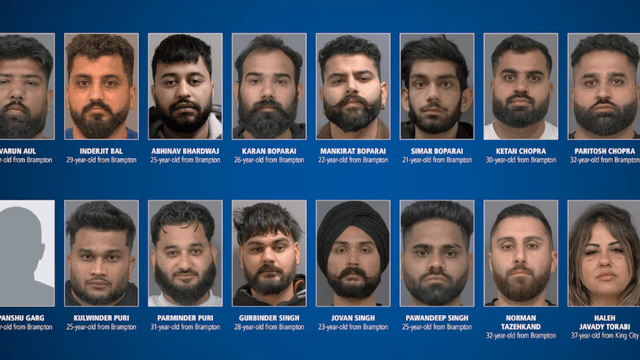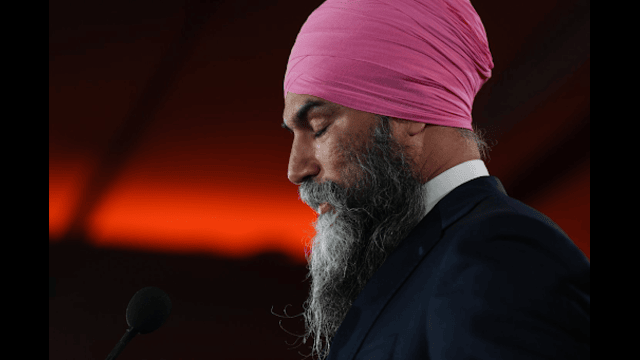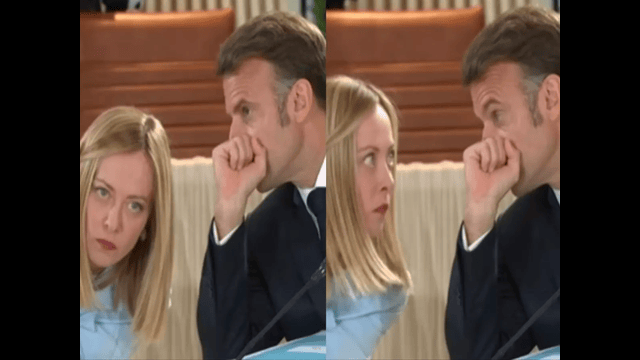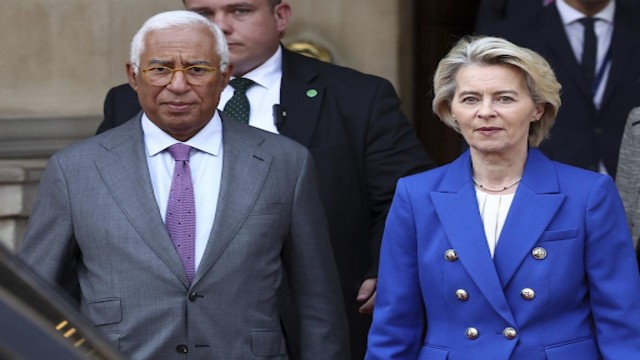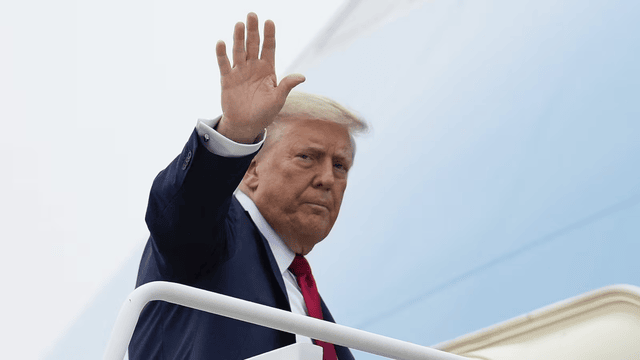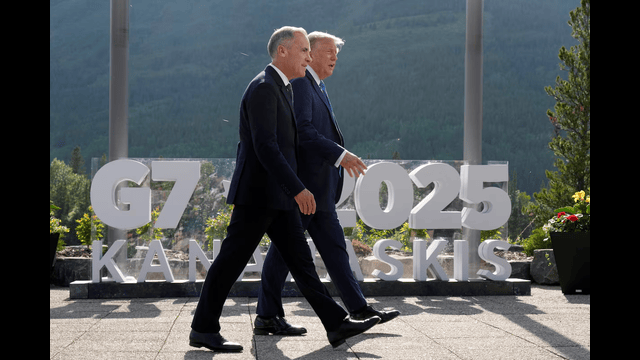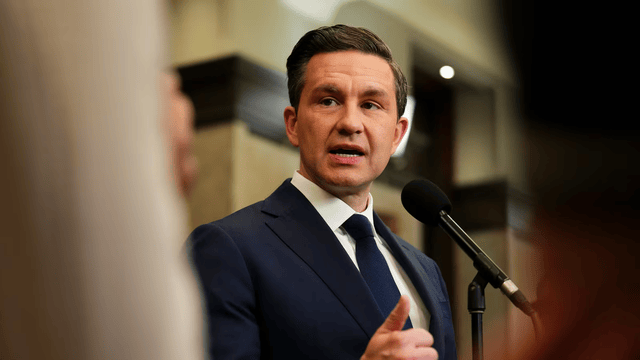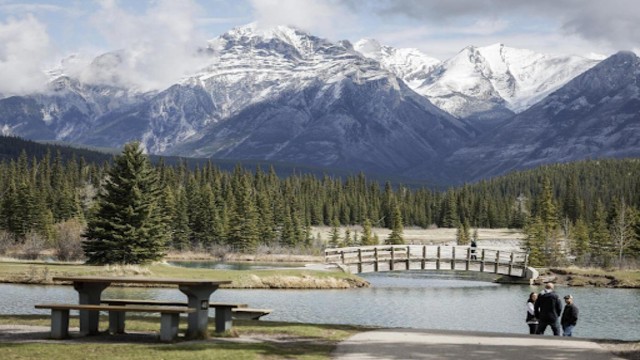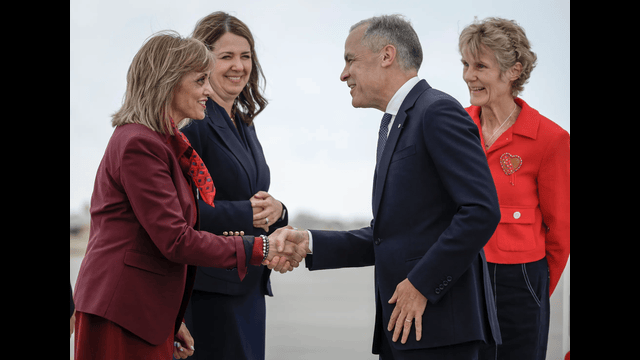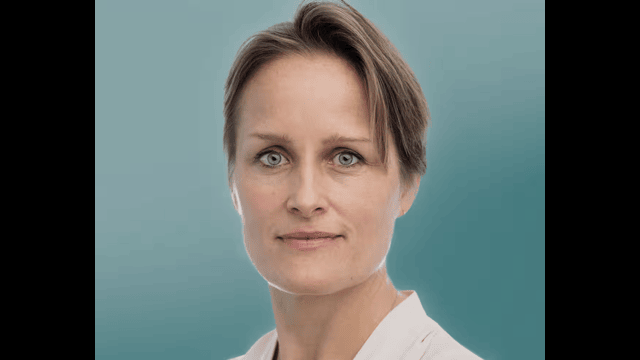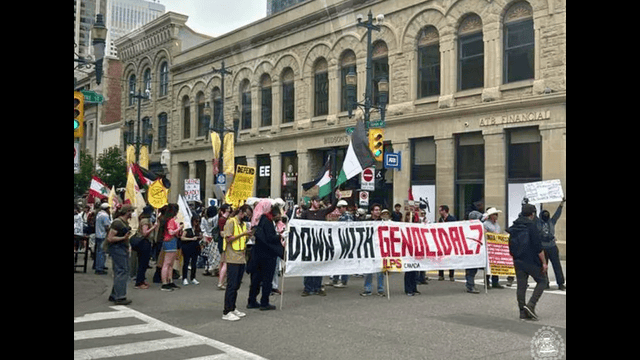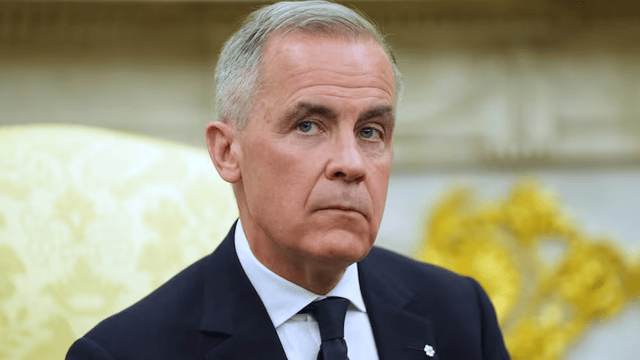
Prime Minister Mark Carney plans to organize his new cabinet differently from how former Prime Minister Justin Trudeau structured his. AP Photo
Prime Minister Mark Carney is preparing to introduce his new cabinet on Tuesday. After winning the election last month, Carney wants to reshape the government with a fresh team and a more efficient setup.
About half the new ministers will be first-timers. The total number of full ministers will be fewer than 30. Along with them, around 10 secretaries of state will join the team. This role has not been used in years, but Carney is bringing it back to handle specific issues.
A government official said that Carney received a clear message from voters—to bring change. This new cabinet aims to reflect that.
Who's In the New Cabinet?
Sean Fraser is coming back as the justice minister. He was previously in charge of housing and immigration before stepping away from politics. Now, he’s back in a big role.
Tim Hodgson, a newly elected MP and Toronto businessman, will become the new minister of natural resources and energy. He takes over from Jonathan Wilkinson, who won’t be returning to cabinet.
Former Vancouver mayor Gregor Robertson will take on the housing portfolio. He’s expected to play a key role in fixing Canada’s housing problems.
From Quebec, Joël Lightbound and gun control advocate Nathalie Provost will also be sworn in. It’s not yet clear if they’ll be full ministers or secretaries of state.
New MPs Eleanor Olszewski (from Edmonton) and Rebecca Alty (from the Northwest Territories) are joining too, possibly as junior ministers. Wayne Long from New Brunswick, known for pushing Justin Trudeau to step down, is also expected to join the cabinet.
Some Familiar Names to Stay
Transport Minister Chrystia Freeland and Culture and Identity Minister Steven Guilbeault will remain in cabinet. Dominic LeBlanc, who works closely with U.S. officials, is also expected to keep a high-ranking position.
Each province and the North will have at least one minister or secretary of state.
New Cabinet Style
Carney wants a smaller, more effective team. The plan is to divide the cabinet into two groups: senior ministers who handle major departments, and secretaries of state who support them on specific issues.
This system is different from how things worked under Justin Trudeau. Carney believes this setup will make the government move faster and respond better to the country’s needs.
Focus on the Economy and U.S. Relations
Carney plans to use this new cabinet to tackle Canada’s big challenges. These include rising unemployment, trade troubles, and growing tension with the U.S., especially around tariffs.
He also wants to calm frustrations in Western Canada. Leaders there, including Alberta’s premier, want faster development of natural resources.
Tough Choices Ahead
Carney has a big pool of talent to choose from. Some current ministers may lose their spots to make room for new voices.
Political experts say this is Carney’s moment to shape the government in his style. He’s expected to act like a CEO, giving clear direction while letting ministers take charge of their own areas.
This new way of running the cabinet could help the government move quicker and get better results.


